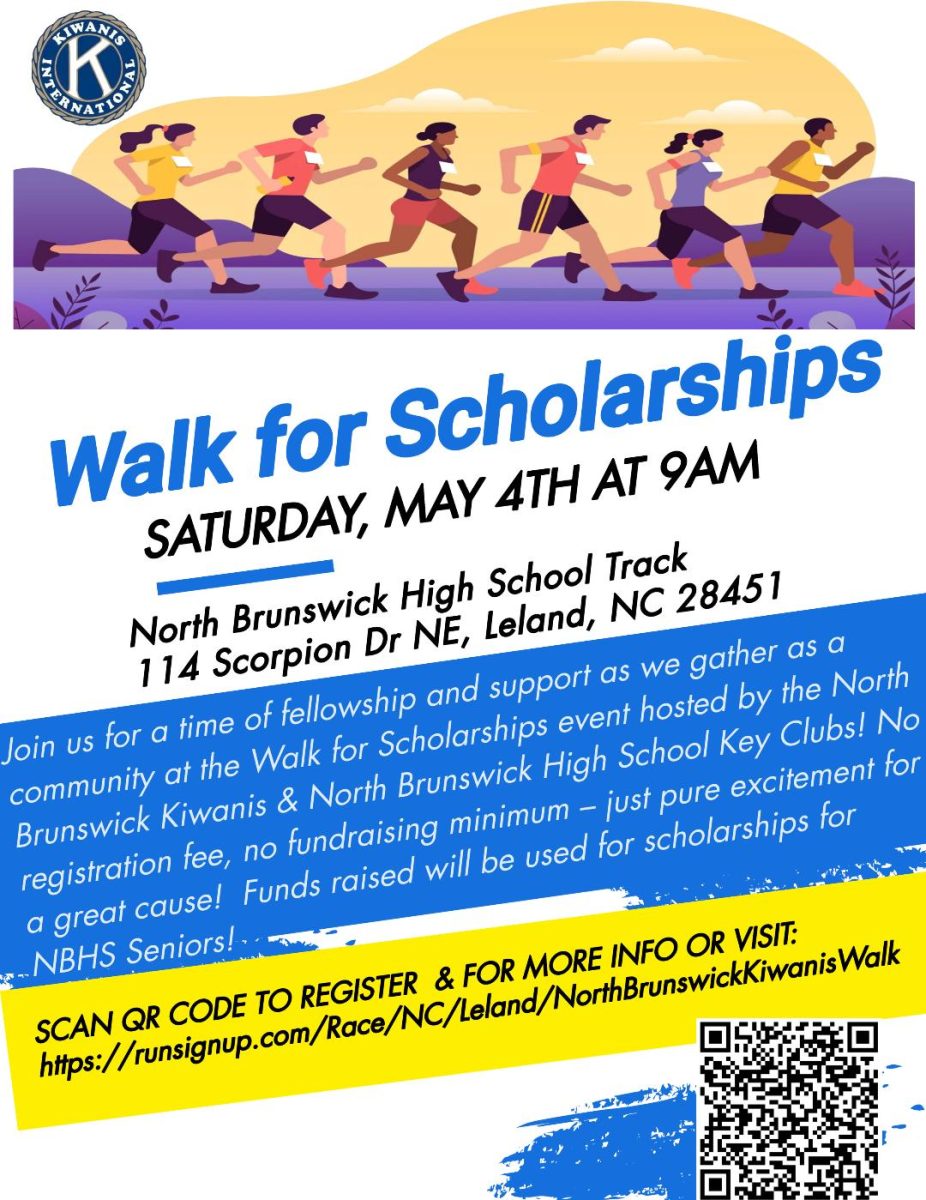Growing up in the Rio Grande Valley, life’s rhythm was dictated by the weather. The school year ended, but the summer storm clouds didn’t appear. The sky became a dull, hazy color and the soft evening breezes abandoned us. Initially, most people said that it would just be a matter of time; the rain would arrive a little later in the year. It didn’t. Summer changed into autumn and still there was no rain.
As children, we didn’t understand the causes of this phenomenon, but were aware of its effects. At first, we saw this as a great adventure. Some of the ponds used to water cattle began to dry up. The mud was cool, soft and thick and fun to play in. We caught catfish and perch with our bare hands. Dust devils, swirling clouds of dust resembling mini-tornados, became more frequent. Some of the older people said this was a bad omen, but we were not impressed by their superstitions.
Soon, the soft mud became hard, caked dirt and the ponds changed from recreation areas to dry, warped puzzle pieces of cracked earth. Some school children became sick. Cattle, calves, pigs, lambs, goats and horses began to die. And the drought persisted. When Christmas arrived, so did the dust storms. We learned a few new words: brucellosis, bacteria and stagnant. Everyone began to detest the cloudless blue sky. The heat radiated daily from the parched land, creating mirages that made the village appear to be an island in the middle of a large lake. It was only a cruel joke. There was no lake, there there was no water, and the people were losing hope. It seemed as if our situation could not get worse, but it did. The two wells, providing water for our village since the 1700s, dried up. The solution appeared a week later when two mobile petroleum exploration rigs arrived to drill for water, not oil.
By dusk, lengths of steel pipe were hoisted into the prefabricated tower after the the first drill bit entered the ground. At night, the men used flood lights to illuminate the work area, and the villagers kept them fed with relays of sandwiches and hot coffee. Amidst all the excitement, no one could sleep.
At a depth of almost 300 feet, the men stopped drilling and gathered around large seismic maps that showed something our shallow, hand dug well could not have reached: artesian water. It was a massive pool of pure water under positive pressure. As the men returned to the drilling tower, we heard shouts. A geyser of water shot into the air from the drilling platform. It was glorious and the village children ran to its source, frolicking in its coolness before the men capped it.
The sign appeared after the drilling rigs departed, written in flowing cursive letters: “When the well is dry, we’ll know the worth of water – Benjamin Franklin.” None of us ever forgot that phrase. Instead of running inside during the warm summer rains, we looked up to the heavens, smiling and remembering the worth of water.
























